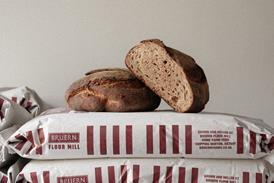Is it time bakers took another look at filo pastry?

Popular in Middle Eastern and Balkan cuisines, filo pastry has been overlooked in a UK market dominated by shortcrust and puff
To continue reading, register for free
You are what you read, registration is quick, easy and free. Just click register now and you’ll be finished faster than it takes you to butter a crumpet!
Don’t miss out:
- Unlimited access to content
- Regular newsletters to your inbox
- Save articles to read later on
- A more personalised experience
Already registered? Please log-in here


















